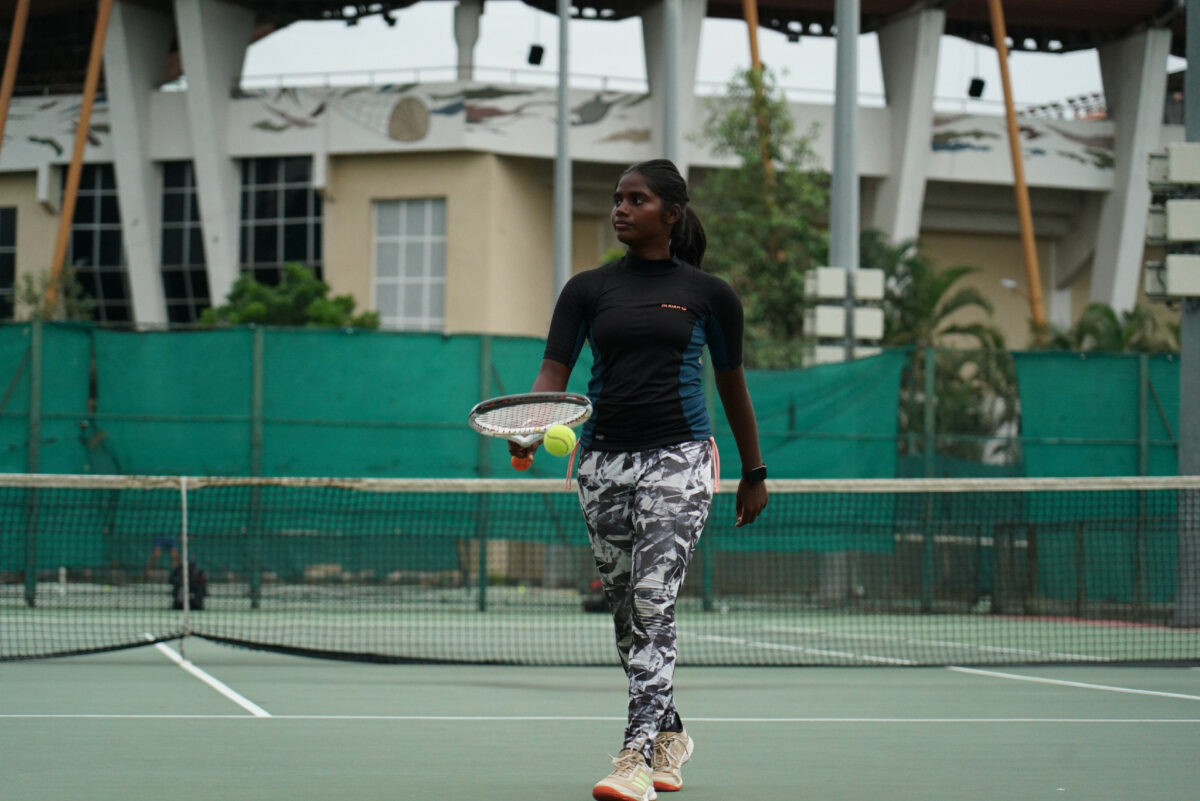
Our body consumes energy, even when resting. Sporting activities increase your energy consumption even more. But how much energy do (amateur) athletes actually need? What’s the difference between the basal metabolic rate and the active metabolic rate? And how can the energy needs for sport be approximately calculated? We’ll tell you all that and more in this article!
How much energy do you need for sport?
Our energy consumption is made up of our basal metabolic rate and our active metabolic rate. We’ve outlined the differences below:
Basal metabolic rate
This is the amount of energy our body needs to maintain the vital basic processes, such as breathing, metabolism, or regulating the body’s temperature. How much energy our body needs to maintain these basic functions depends on various factors.
There are various formulas that consider different things like age, gender, weight, and height that you can use to calculate the basal metabolic rate. It is also important to remember that our energy consumption depends on other factors as well, like muscle mass, body fat percentage, loads, (like injuries or illnesses), scope and type of sporting activities, and everyday life (career or hobbies).
So, how do we calculate the basal metabolic rate in kcal per day?
The Mifflin St Jeor equation
This equation differentiates between men and women and also accounts for factors like weight, height, and age. However, it disregards the body fat percentage:
Formula for calculating the basal metabolic rate for women:
(10 x weight in kg) + (6.25 x height in cm) – (5 x age in years) – 161
Formula for calculating the basal metabolic rate for men:
(10 x weight in kg) + (6.25 x height in cm) – (5 x age in years) + 5
That’s enough theory. Now let’s look at an example of how to (approximately) calculate your total metabolic rate. Let’s take a 30-year-old woman with a height of 170 cm and a weight of 60 kg. The calculation would look as follows:
(10 x 60) + (6.25 x 170) – (5 x 30) – 161 = 1,351.5 kcal per day or (rounded) 56 kcal per hour
Active metabolic rate
The counterpart of this is the active metabolic rate. This is the energy consumption on top of the basal metabolic rate – as a result of physical activities like sport, but also everyday activities like cooking or shopping.
This (additional) energy consumption depends on the intensity, frequency, and duration of the activity. The active metabolic rate can also be (roughly) calculated.
The basal metabolic rate is used as the base value. To calculate the active metabolic rate, the basal metabolic rate (per hour – in our example 56 kcal) is multiplied by the “MET” value (metabolic equivalent of task) of the activity concerned.
Arizona State University has published a comprehensive online compendium where you can look up the MET value for a wide variety of sporting and everyday activities. Here we’ve put together a couple of example calculations for you:
8 hours’ work (office, sitting):
Basal metabolic rate per hour (56 kcal) x MET for office work (1.5) x working time (8 hours) = 672 kcal
2 hours’ sport (tennis):
Basal metabolic rate per hour (56 kcal) x MET for tennis (7.3) x time (2 hours) = 817.6 kcal
8 hours’ sleep:
Basal metabolic rate per hour (56 kcal) x MET for sleep (0.95) x time (8 hours) = 425.6 kcal

This is a great, easy-to-use formula for calculating your energy needs – whether for everyday life or for sport. But of course, your diet is still critical – in fact, it’s the be-all and end-all for sport. For example, the right diet can boost your performance – or even work against it.
Meeting energy needs for sport with the right diet
A balanced diet is essential for a healthy lifestyle, but also the foundation for the best sporting results. For optimal performance, your diet should contain fats, carbohydrates, and proteins.
Fat
Many people probably know more or less which vitamins and minerals the body needs. But some of you might not know that fat is just as vital. There are even certain vitamins (for example, vitamin A, D, or E) that our body can’t actually absorb without fat. Plant oils like olive oil or rapeseed oil, but also nuts or fatty fish species like mackerel or salmon are very good sources of fat.
Carbohydrates
This nutrient is essential for our brain and muscles. Oatmeal, for example, is a very good source of carbohydrates. Wholegrain foods are also very rich in carbohydrates. They contain valuable magnesium that helps the body with protein synthesis and is very important for the heart, nerves, regulating blood pressure, and bone regeneration.
A magnesium deficiency can lead to muscle cramps, fatigue, and lack of concentration – if you spot any symptoms of a deficiency you should change your diet or counteract the magnesium deficiency with supplements.
Proteins
Proteins are an important source of enzymes, nitrogen, and amino acids – and are therefore very important for the creation of cells and tissue. The body cannot make some of these vital amino acids itself, which is why a protein-rich diet is very important.
They are also a key factor in muscle development and growth: if we do not give our body any protein after training, it takes the energy it needs from the muscles. This is one of the reasons why protein is so important right after sport.
Excellent protein sources include
- Beef,
- Poultry,
- Chicken eggs,
- Salmon,
- Lentils, or
- Peanut butter.
Dairy products like low-fat quark, skyr, or cottage cheese are also rich in protein. If you don’t have the time, or the desire, to cook on a strenuous training day, don’t worry: protein bars can be a useful nutritional supplement and give the body enough protein.

What are the differences in the energy needs for endurance sports and strength sports?
The difference between strength sports and endurance sports is predominantly the type of energy that the body needs and uses. Let’s look at what you need to consider for your preferred sport.
Energy needs for endurance sports
The ideal diet for endurance athletes should comprise around 60 percent carbohydrates. They supply the energy needed and prevent the body from obtaining it from its own amino acids during the workout. This would make your training less successful.
That’s why every runner should eat carbohydrate-rich meals before running. Proteins should make up around 15 percent of the diet, fats 25 percent. These proportions will set you up for endurance training.
Energy needs for strength sports
Carbohydrates, proteins, and fats also play a very important role in the diet of strength athletes. But because it is primarily the muscles that are trained, slightly more protein is needed than for endurance athletes – around 25 percent. The proportion of carbohydrates is a bit lower (around 55 percent), while the fat needed is around the same.
Another element to consider is the frequency of meals. For strength sports, it’s better to eat small meals more frequently to avoid muscle wasting. There are also foods that you shouldn’t eat before sport, and should eat after training instead.
Energy needs for sport – having enough energy for training
Whether you do endurance or strength training, the right diet is critical to ensure you have optimal energy levels for the sport. This is not just about the food itself; it’s also about how often, in what quantities, and at what intervals you eat. With the right planning, even a vegetarian or vegan diet can provide athletes with the right levels of energy.
Using the equation we gave you above and the MET values, you can now estimate roughly how much energy you need across the day. But always remember that only doctors or nutritionists can give you reliable advice about your energy needs.
These experts will help you create a diet plan that suits your training schedule and will help you on the way to training success. Because if your energy needs for sport and everyday life are covered, nothing else can possibly go wrong!
Image sources: pexels-mary-taylor-6008980, pexels-muthineni-niranjan-9527251, pexels-anna-tukhfatullina-food-photographerstylist-2664443